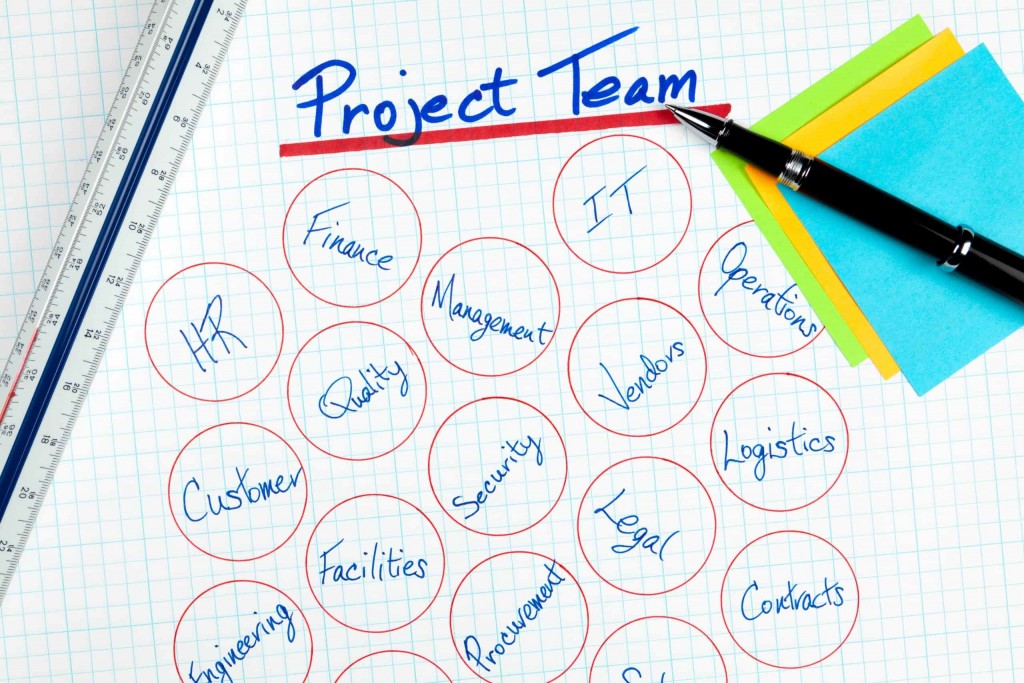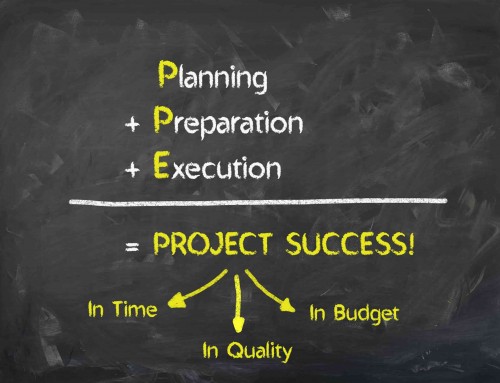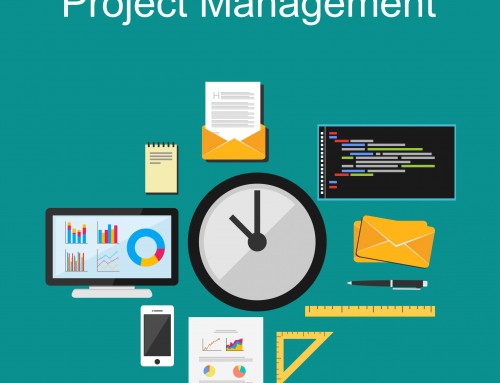Reducing the investment required to implement MYOB Acumatica
This is blog 2 in our series – Your MYOB Acumatica (formerly MYOB Advanced) implementation questions answered. How can companies reduce the investment required to implement MYOB Acumatica?
MYOB Acumatica is a popular choice for small to medium-sized companies that have outgrown MYOB AccountRight and other accounting solutions and are looking for a complete ERP solution. The implementation of an ERP solution like MYOB Acumatica follows a methodology that includes:
- Scope of works
- System configuration
- User training
- Data conversion
- User acceptance testing
- Go live preparation
- Go live
- Post-go-live support
Within each of these implementation steps, there are multiple tasks to be completed. Examples include forms creation – the modifying of AR invoice layouts, purchase orders and remittances to match the company’s requirements (logo, address etc.).
The question that is often asked is “how do we decrease the implementation investment? What implementation tasks can a company manage themselves to reduce the required implementation investment?”
There are several options available to companies that want to implement MYOB Acumatica and want to reduce their implementation budget:
- Internal resource – make use of internal, company resources to expedite the implementation process. Key areas where internal resources can help reduce implementation investment include:
- Train the trainer (key/super users train other users) – ask your MYOB Acumatica partner to train your key / super users and then get your super users to do internal user training. This has several key benefits – super users are comprehensively trained and are ready to assist with implementation, go-live and post-go-live support. Super users are key members of your internal team, they know your business well and are well-equipped to train other in-house users. This reduces the amount of time it will take for your MYOB Acumatica implementation partner to train your users – saving time and money.
- Internal Project Management – MYOB Acumatica is relatively straightforward to implement – typical implementations take 3-4 months. As a result, companies often overlook the importance of internal project management. Allocate an internal project manager to help streamline the implementation process, keep your MYOB Acumatica implementation partner on track / on task and motivate internal users to keep delivering the required input and feedback to deliver your project on time and within budget. Internal project managers can also play a major role in open communication between users, your implementation partner and C-Level executives. The better structured, planned and managed your implementation process, the less budget will be required to achieve the desired outcomes.
- Forms creation – a small project saving of a couple of days but, still useful. Having an internal skill set to make changes to forms (AR invoice, AP invoice remittance, PO etc.).
- Data conversion – has huge potential for cost and time overrun in any ERP project. Data conversion can be expensive and time-consuming. If your business does not have proper, structured data which is well maintained, the time it takes to import, test and reconcile data will go up exponentially. Train your super users to import, test and reconcile data – this will save you time, money and effort when implementing ERP solutions.
- User acceptance testing – is an important milestone in the implementation of MYOB Acumatica. User acceptance testing is used to validate the solution and configuration settings – allowing users to access the system set-up and workflow in a simulated environment. Successful user acceptance testing is critical to the successful implementation of MYOB Acumatica. Train your super users to write user acceptance test scripts, manage users through the user acceptance testing process and escalate the user feedback. This process relies on good communication, admin, business and system knowledge. Training your super users to manage this part of the MYOB Acumatica implementation reduces time and effort required from your MYOB Acumatica implementation partner. You can still involve your implementation partner is the more complex and critical UAT scenarios and they can provide assistance as and when required – helping your super users manage the process.
- Post-go-live user support – no matter how smooth the go-live process is, some users will require additional support, training and feedback during the go-live and post-go-live process. Train your super users to provide post-go-live support and have your MYOB Acumatica implementation partner on standby for high-level, critical support challenges.
- Reports, queries and data analytics – MYOB Acumatica offers excellent (standard) reporting, analytics and dashboards. Some businesses will want additional reports and analytics. Train your more technical super users to be able to write their own reports and analytics for the business.
- Setting up user profiles, security and admin – tasks typically given to a super user – day-to-day system admin is best managed internally by a technical super user.
- A phased approach to implementing MYOB Acumatica. The jump from entry-level accounting software to a full ERP solution is a big step – resourcing, budget, “internal muscle” to implement and change management are all very important. Don’t try to do too much – implement your MYOB Acumatica solution in smaller, easy to consume steps – a foundation ERP solution, then add additional functionality in a phased approach. Our recent blog – Implementing MYOB Acumatica – a Phased Approach to Success has additional information.
- Keep it simple – don’t over-complicate your implementation with a wish list of requirements that take away from the importance of getting the core implementation correct – delivered on time and within budget. Once implemented, you will be able to keep your MYOB Acumatica solution for ten + years – focus on an excellent core system set-up and implement additional functions and features as and when required and when you have internal resources to manage the process changes. At the same time, balance the “keep it simple” approach with all the great functions and features available in MYOB Acumatica. Get the right balance to ensure a quick ROI.
- Carefully match requirements to standard functionality – ensure that MYOB Acumatica is a good fit to your business and technical requirements before you start the implementation process. This will ensure an easier pathway to success. The team at Leverage Technologies has made various MYOB Demonstrations and ERP implementation resources available to assist with your MYOB Acumatica selection and implementation process.
- Super users – appoint super users to assist with user training, basic system set-up, user acceptance testing, and go-live support. Super users can also assist with small system changes that might be required post-go-live.
Work closely with your MYOB Acumatica (formerly MYOB Advanced) implementation partner to ensure that your internal team can work closely with your implementation team to get the best business outcomes for your business – maximise your benefits and minimise cost and time to implement.








Leave A Comment